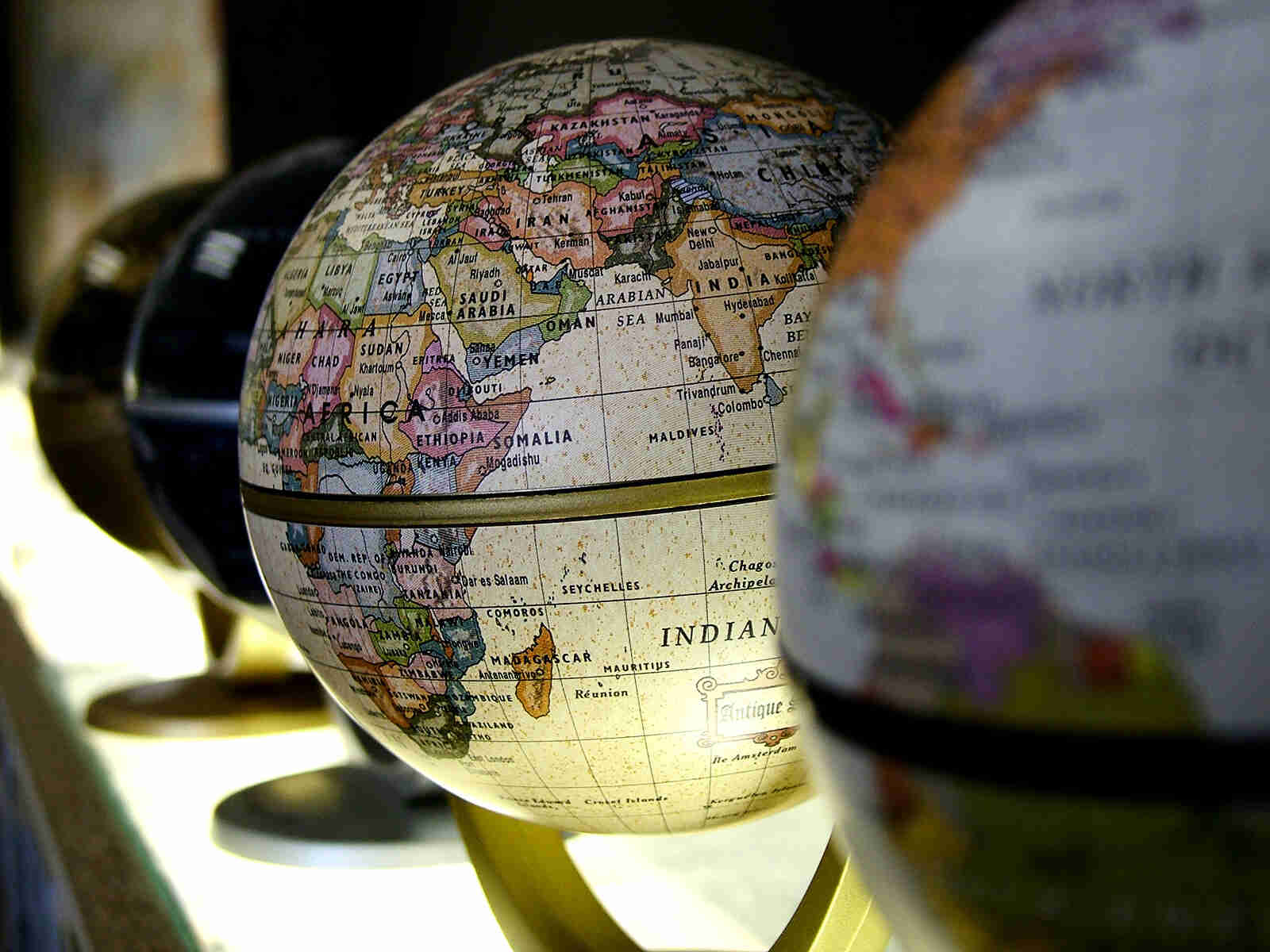
Political geography is a captivating field that explores the relationship between the political and geographical aspects of the world. It delves into how politics and borders shape the physical and cultural landscapes of nations and regions. Understanding political geography is crucial for comprehending the complexities of global relations, conflicts, and power dynamics.
In this article, we will delve into 10 fascinating facts about political geography that will not only broaden your knowledge but also give you a deeper understanding of how politics and geography intersect. From the significance of borders and territories to the impact of political decisions on the environment, these facts shed light on the intricate nature of political geography and its far-reaching implications.
Key Takeaways:
- Russia is so big that it covers both Europe and Asia! It’s like having a country that’s spread across two continents. How cool is that?
- Did you know that the United Nations has 193 member countries? That’s like having a big team of countries working together for global peace and cooperation. Amazing, right?
Russia spans across two continents.
Did you know that Russia is the largest country in the world and occupies both Europe and Asia?
The United Nations has 193 member countries.
The United Nations is an international organization that promotes global peace and cooperation, and it currently has 193 member countries.
Greenland is an autonomous territory of Denmark.
Contrary to popular belief, Greenland is not its own country but is actually an autonomous territory of Denmark.
Monaco is the world’s second smallest country.
Known for its glamour and luxury, Monaco holds the title for being the second smallest country in the world after Vatican City.
The Berlin Wall divided East and West Germany.
During the Cold War, the Berlin Wall stood as a physical and ideological barrier, separating East Germany (under Soviet influence) from West Germany (under Western influence).
The Nile River is the longest river in the world.
Flowing through multiple countries in Africa, the Nile River stretches over 4,135 miles, making it the longest river in the world.
Hong Kong operates under the “One Country, Two Systems” principle.
After being under British rule for many years, Hong Kong was returned to China in 1997 but operates under a unique governance system known as “One Country, Two Systems.”
India has the largest democracy in the world.
With a population of over 1.3 billion people, India boasts the largest democracy, where citizens have the right to elect their representatives.
The Great Wall of China is visible from space.
This popular belief is actually a myth. The Great Wall of China is not visible from space with the naked eye, as claimed by many.
Australia is both a country and a continent.
Australia is unique in that it is not only a country but also the world’s smallest inhabited continent.
Conclusion
In conclusion, political geography is a captivating and multifaceted topic that plays a crucial role in shaping our world. From the geopolitical dynamics of nations to the intricacies of borders and territories, understanding political geography helps us make sense of the complex mechanisms that drive global politics.Exploring the fascinating facts about political geography provides us with valuable insights into the historical, cultural, and strategic aspects that underpin international relations. Whether it’s examining the impact of colonialism on current borders or understanding the significance of key geopolitical locations, delving into political geography allows us to navigate the complexities of our interconnected world.By studying the intricacies of political geography, we gain a deeper appreciation for the forces that shape our societies, economies, and governments. It offers us a lens through which we can view the world and comprehend the ever-evolving landscape of global politics.So, next time you come across discussions about international relations or geopolitical events, take a moment to consider the fascinating facts about political geography that lie beneath the surface, enriching your understanding and perspective on the world we live in.
FAQs
1. What is political geography?
Political geography is a subfield of human geography that examines the spatial aspects of political processes and power dynamics. It focuses on how political entities like states, nations, and governments interact with each other, including the study of borders, territories, and geopolitical relationships.
2. Why is political geography important?
Political geography is important as it helps us understand how political decisions and processes impact the distribution of power and resources. It provides insights into the causes and consequences of conflicts, the formation of alliances, and the rise and fall of nations.
3. How does political geography affect international relations?
Political geography influences international relations by shaping diplomatic interactions, trade relationships, and military strategies. It determines how states assert their interests, negotiate alliances, and resolve conflicts, ultimately influencing the balance of power in global affairs.
4. What are some key concepts in political geography?
Some key concepts in political geography include borders and boundaries, sovereignty, territoriality, nationalism, geopolitics, and supranational organizations. These concepts help us understand how political entities organize and govern territorial spaces.
5. How does political geography relate to other disciplines?
Political geography overlaps with various disciplines, including international relations, history, sociology, and economics. It draws from these fields to analyze and interpret the social, economic, and historical factors that shape political landscapes.
Was this page helpful?
Our commitment to delivering trustworthy and engaging content is at the heart of what we do. Each fact on our site is contributed by real users like you, bringing a wealth of diverse insights and information. To ensure the highest standards of accuracy and reliability, our dedicated editors meticulously review each submission. This process guarantees that the facts we share are not only fascinating but also credible. Trust in our commitment to quality and authenticity as you explore and learn with us.
